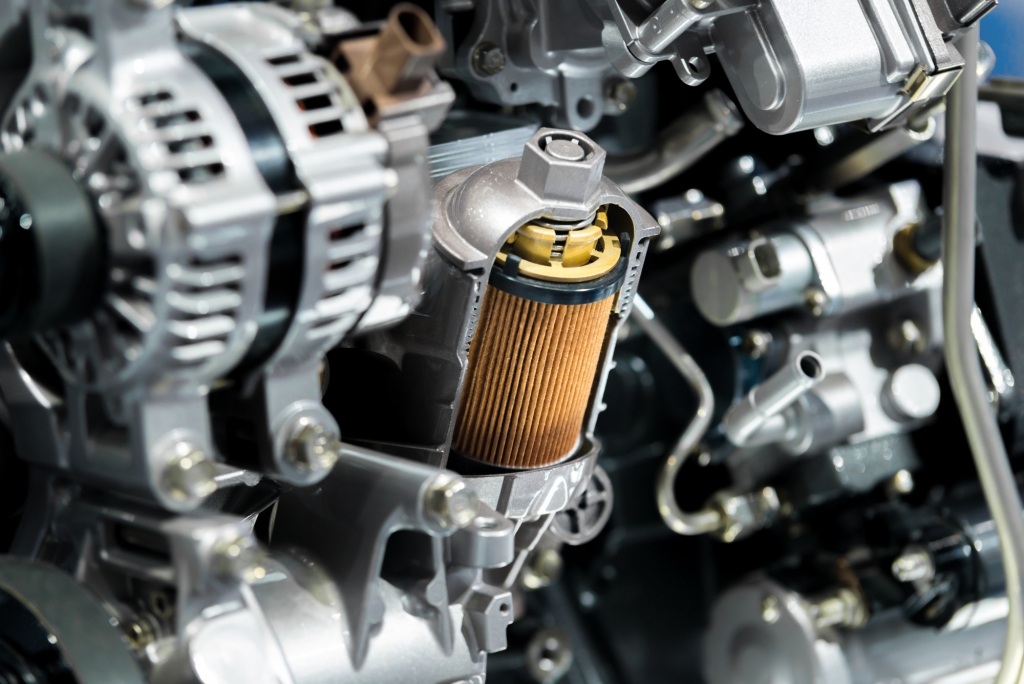
If you landed on this page, we deem it’s safe to consider that you already know that a diesel engine is a type of internal combustion engine. But, what does that truly mean? Well, let us break it down for you. Combustion is a synonym for burning, which implies that the fuel, in this case, diesel is being burned inside (internally) the engine, in order to produce power. The same is true for gasoline engines as well, however, there is a stark (or spark!) difference in the way each of these engines gets ignited.
Thanks to the internal combustion in diesel engines, the fuel burns within the cylinders thereby maximizing the usage of energy, as there is no need for the heat to flow from elsewhere to the cylinder. All the main processes happen in the same place, thereby enhancing the overall efficiency of the engine on the whole. Simply put, internal combustion engines produce more energy from the same volume of fuel, and are therefore much more efficient than eternal combustion engines.
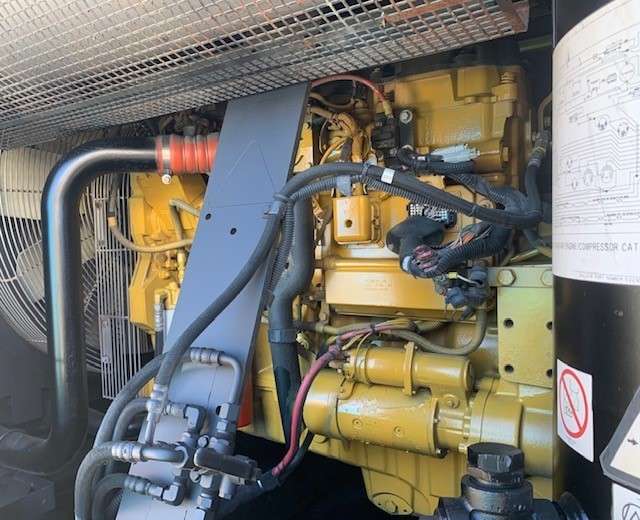
Table of Contents
Working Principle of the Diesel Engine
With the basics covered, it is now time to dig deeper into the mechanics of a diesel engine!
To begin with, atmospheric air is allowed into the cylinder present within the engine. The piston therein compresses the air anywhere between 14 to 25 times its original volume. Please be reminded this compression is a lot less in a gasoline engine, where the air is only compressed to a tenth of its volume.
This high level of air compression generates heat so much so that the temperature reaches 1,000°F, and in some cases even higher than that. As the air is compressed, an electronic fuel-injection system comes into action and sprays a mist of fuel into the cylinder typically, much like an aerosol can. Of course, the volume of fuel injected varies on the acceleration that the driver applies. Since the air is exceedingly hot, the fuel ignites almost instantly and explodes resulting in the piston pushing back out of the cylinder. This push results in the generation of power that enables the driving of the vehicle or the machine that the engine is powering. As the piston goes back towards its starting position, the exhaust gases are directed towards the exhaust valve. This process is known as the diesel cycle and is repeated at least hundreds and even thousands of times every single minute!
Types of Diesel Engines
Depending on the number of stages in a single cycle, diesel engines can be classified as Four-Stroke Engines or Two-Stroke engines. Let us understand each one of them in greater detail.
Four-Stroke Engines
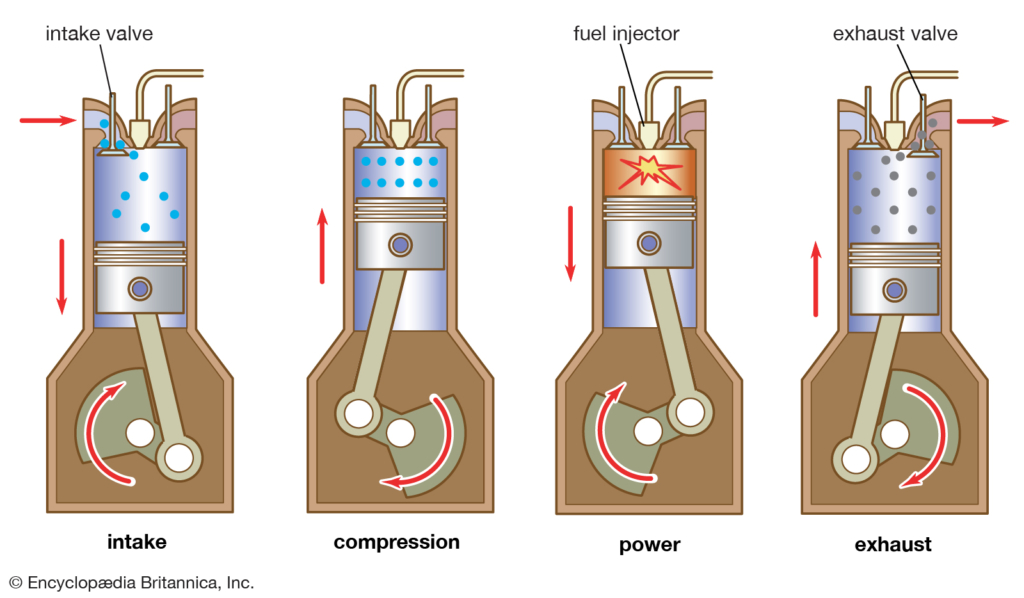
In this case, the diesel engine functions by repeating a cycle of four strokes or stages. It is characterized by the two-time movement of the piston up and down. Simply put, in a four-stroke engine, the crankshaft rotates twice during the cycle. The four stages of this engine type are as follows –
Intake: An open, air inlet valve draws the air into the cylinder resulting in the downward movement of the piston.
Compression: Next, the inlet valve closes such that the piston moves upwards, and as a result compresses the air, causing it to heat up. Then, the fuel injection valve injects the fuel into hot which leads to the spontaneous ignition of the fuel.
Power: When the mixture of air and fuel ignites and starts burning, the piston is pushed down enabling the crankshaft to drive, consequently powering the wheels.
Exhaust: The outlet valve then opens up to help the exhaust gases escape, which are further pushed out by the upward motion of the piston.
Two-Stroke Engines
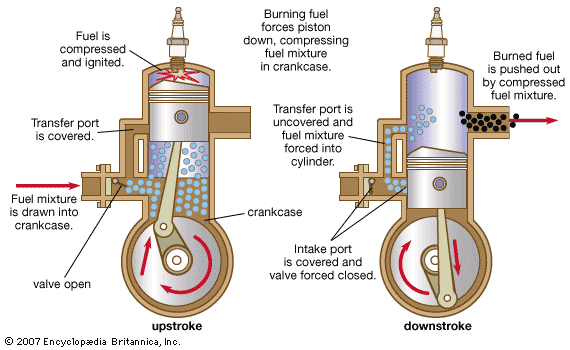
In a two-stroke engine, the piston only moves up and down once throughout the cycle. That said, there are three stages in a two-stroke cycle. Talk about creating confusion! Well, don’t you worry, as long as we are here to spill the beans for you. The three stages in this engine type are as follows –
Exhaust and Intake: Firstly, the inlet valve allows fresh air into the side of the cylinder, thereby resulting in pushing out the old air via the exhaust valve.
Compression: Next, both the inlet as well as the exhaust valves close. Now, the piston moves up, causing the compression and heating up of the air. As the piston reaches the cylinder’s top, fuel is injected and gets ignited almost spontaneously.
Power: When the mixture of air and fuel ignites and starts burning, the piston is pushed down enabling the crankshaft to drive, consequently powering the wheels.
As you may have judged, two-stroke engines are relatively smaller and lighter than four-stroke engines. They also happen to be more energy-efficient as the power is produced on every single rotation! That said, two-stroke engines also need additional cooling and lubrication due to the larger proportion of wear and tear caused due to the intense heat and friction!
Now that you know all about diesel engines and the working principle behind them, we are sure you are in a better position to make an informed decision regarding the diesel engine you wish to buy! If you still need some assistance with the same, you can always get in touch with our experts at Swift Equipment, and we will be more than happy to clarify any doubts that you may have. What’s more? We have a wide range of new and used diesel engines as well as diesel generators for you to choose from! So, what are you waiting for? Start browsing for the best diesel engines and see if you find something that catches your attention.
Frequently Asked Questions by Business Owners
What are some of the prominent advantages of diesel engines?
Diesel engines offer numerous benefits of which the most remarkable ones include –
- Highest effective efficiency amongst all combustion engines
- No intake air restrictions except for intake plumbing and air filters
- Low fuel costs
- Good lubrication properties
- High energy density
- Low risk of catching fire
- Impressive exhaust-emission behavior
- Easy adaptation to damp environments
- No natural limits when it comes to accepting super or turbocharging pressure
Why are diesel engines noisy?
The noise created by diesel engines is commonly known as Diesel Clatter which is primarily caused as a result of the sudden ignition of the fuel when a pressure wave is created as the diesel is injected into the combustion chamber. This causes an audible knock. Thankfully, this ‘knocking’ sound has been eliminated in modern-day diesel engines to a large extent.


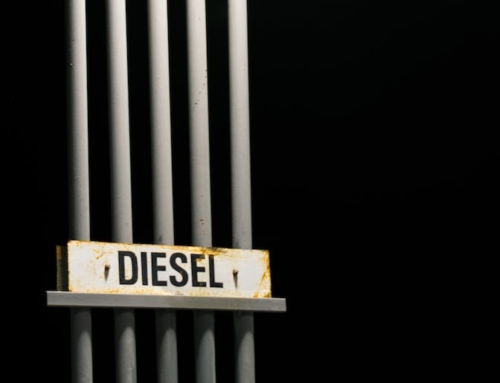
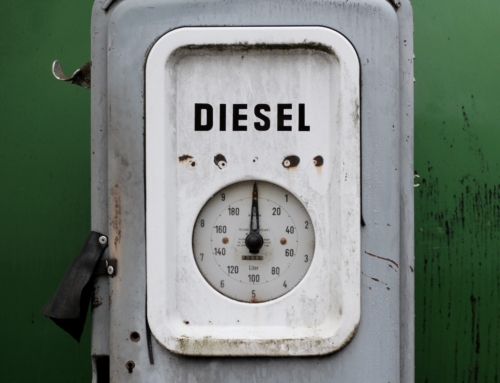


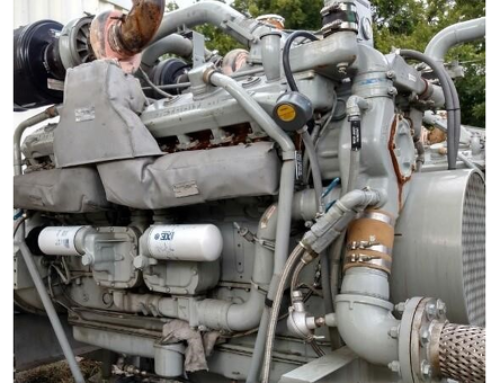
Leave A Comment